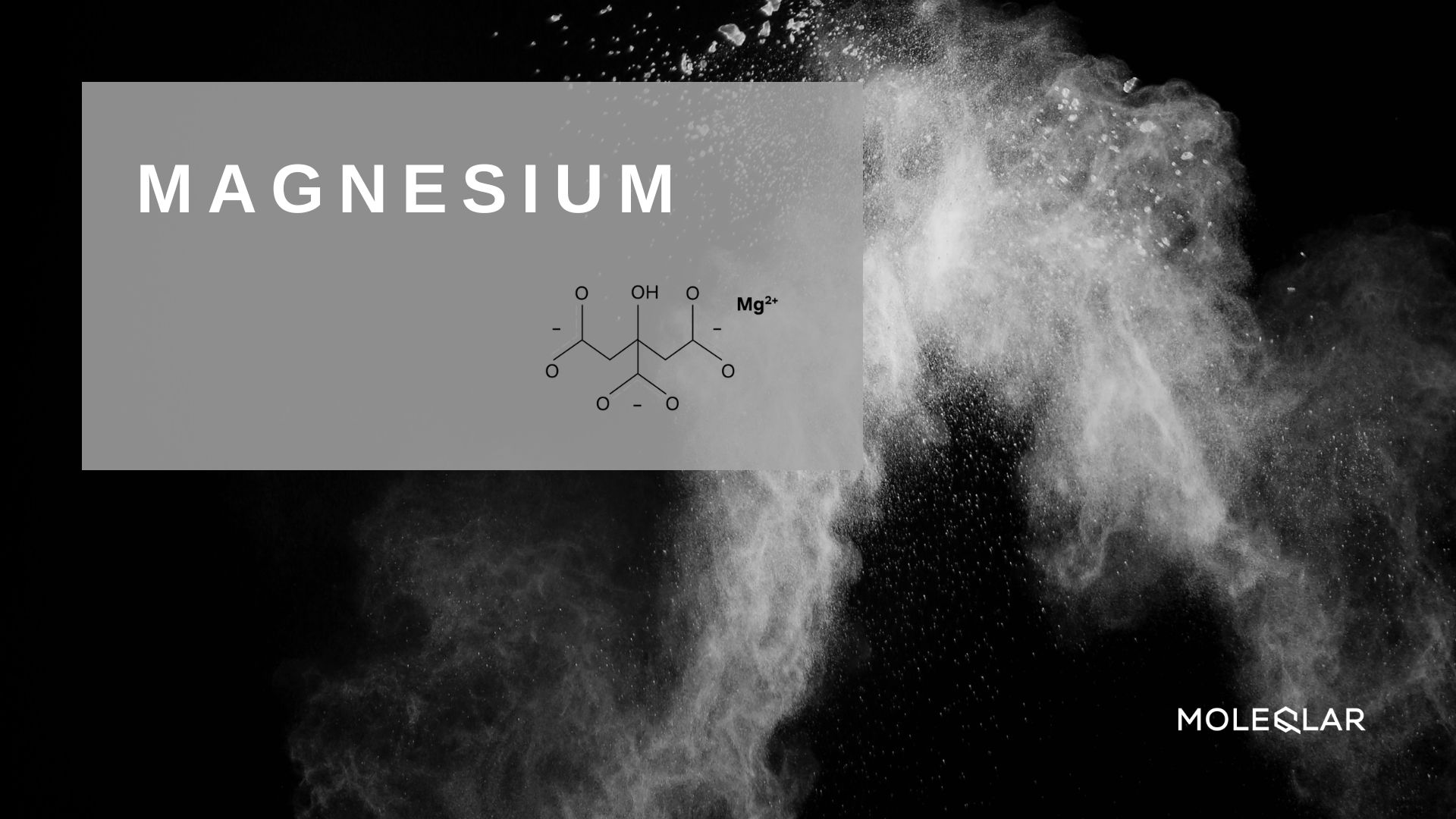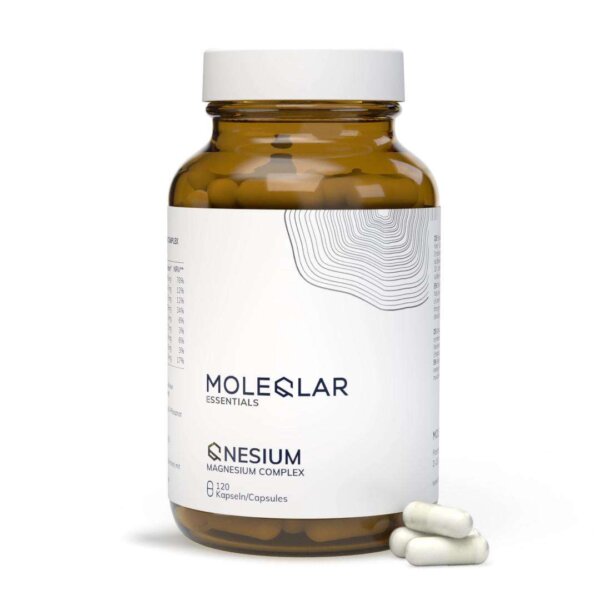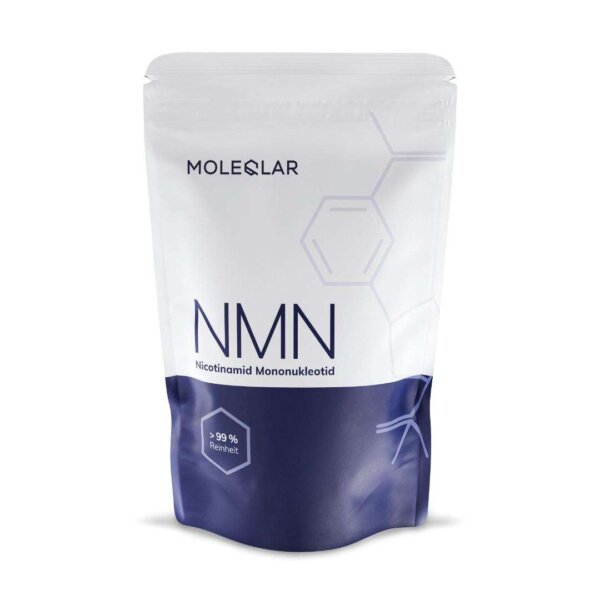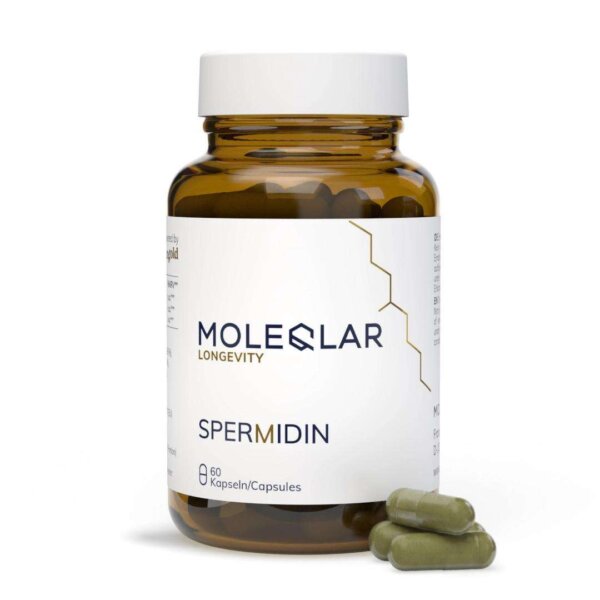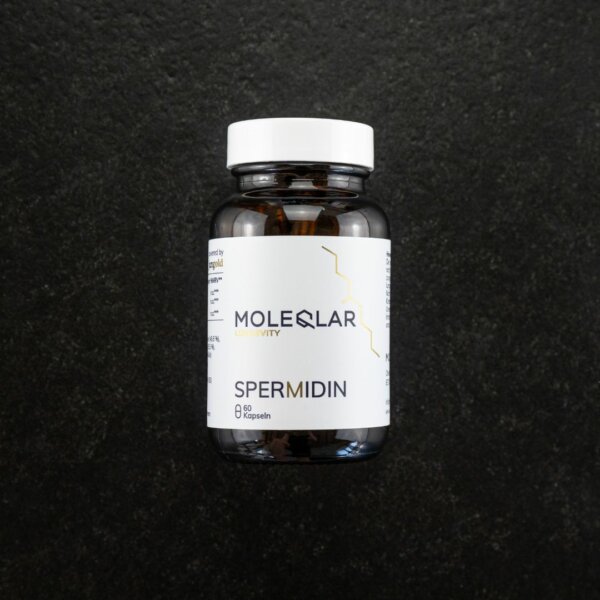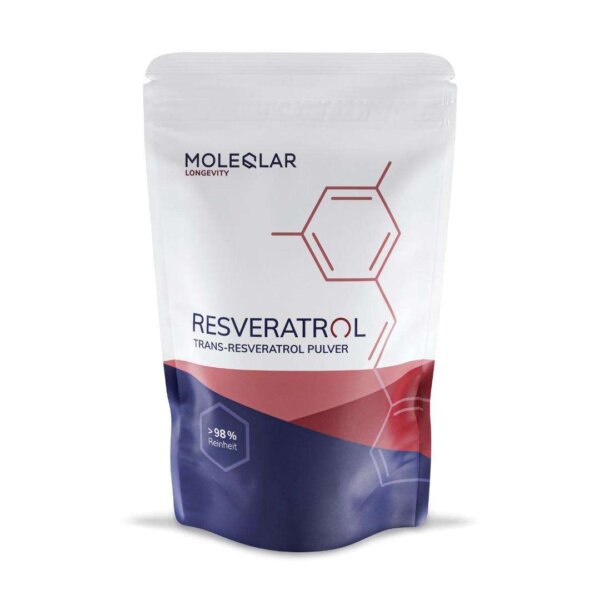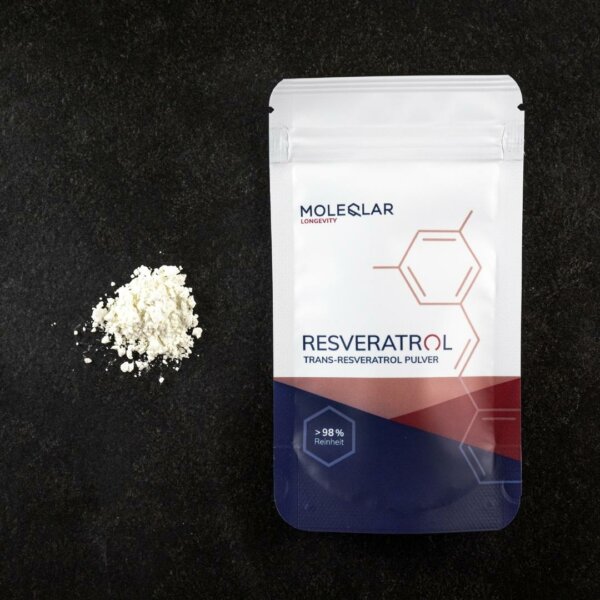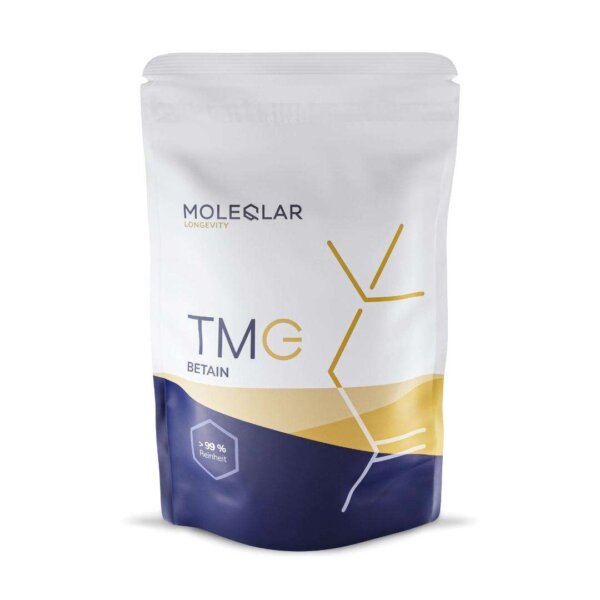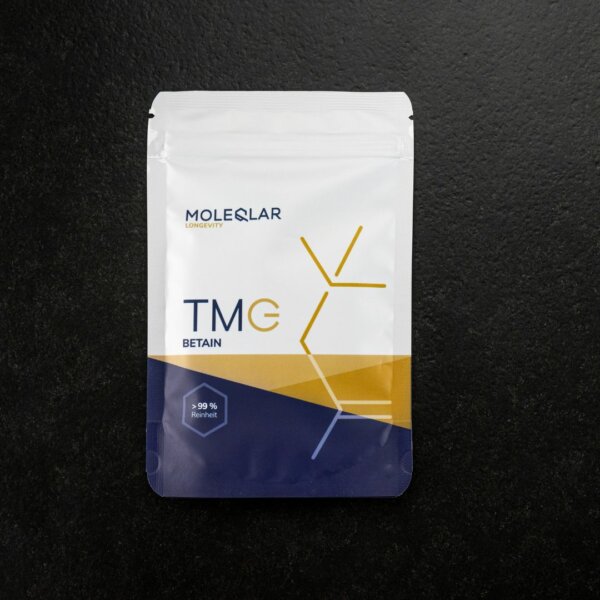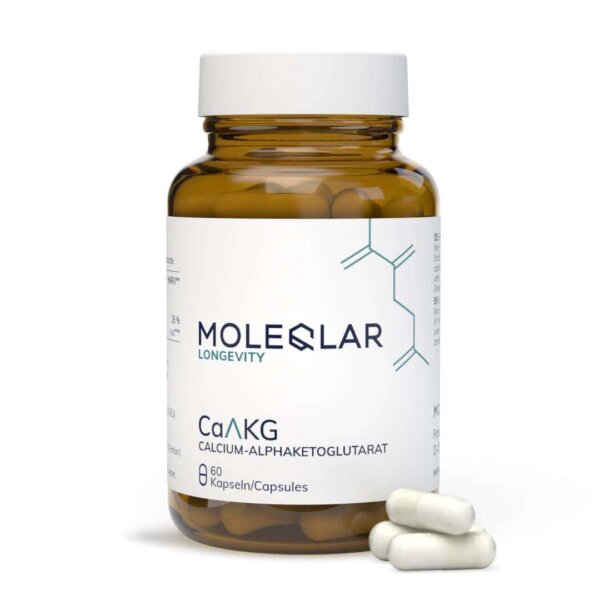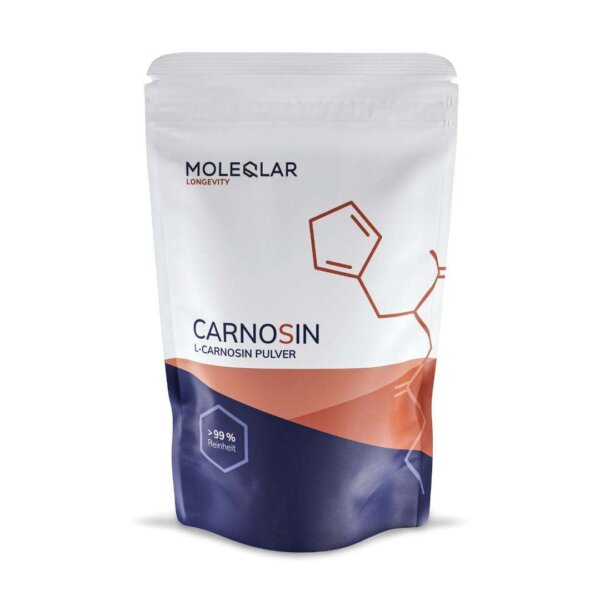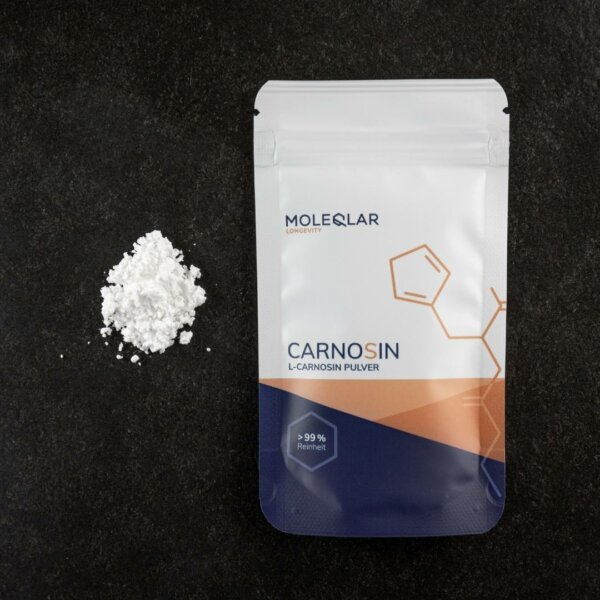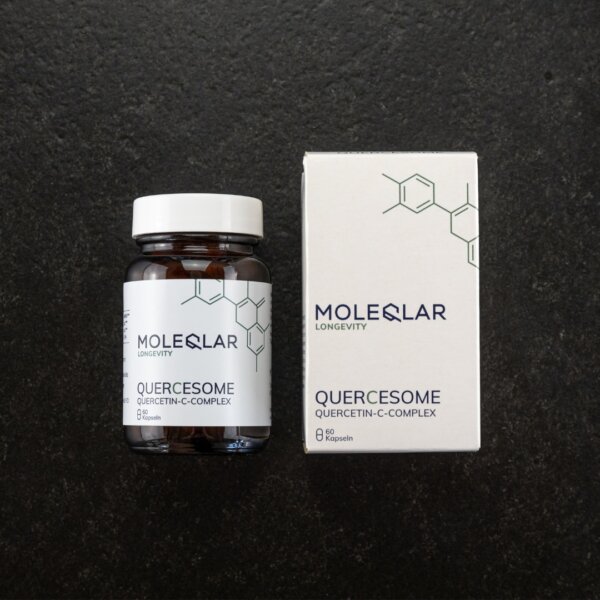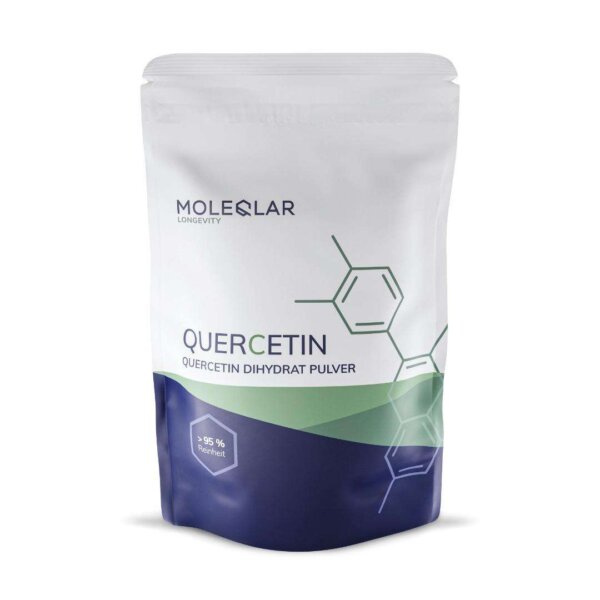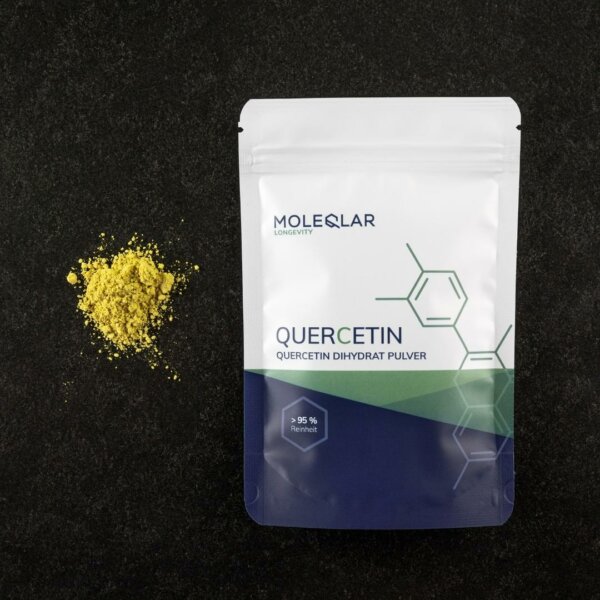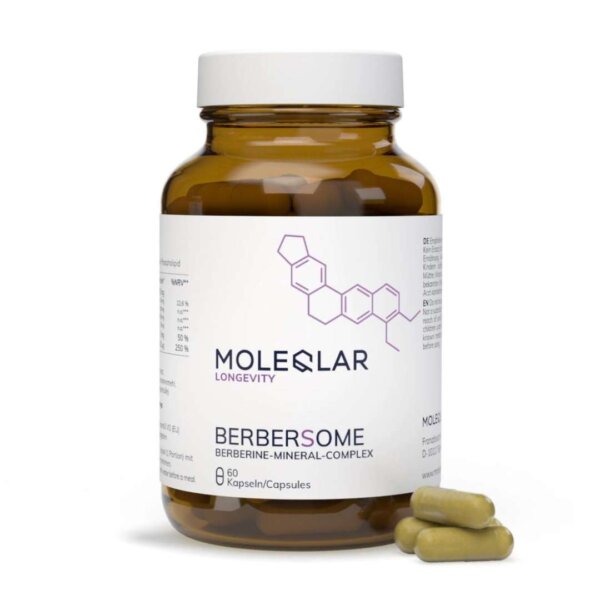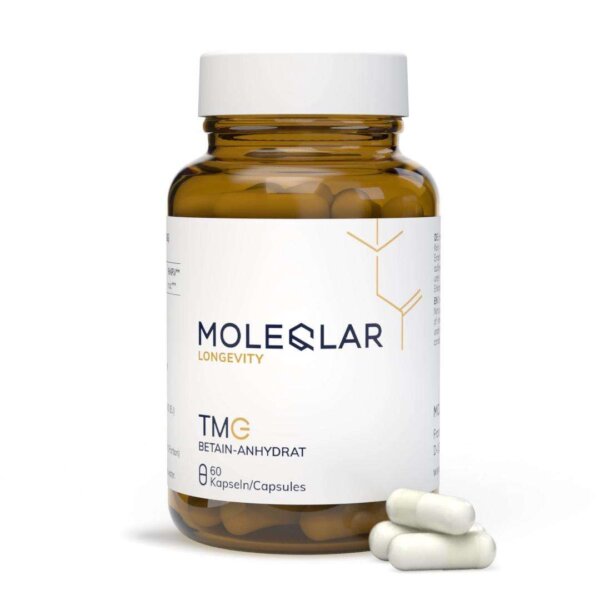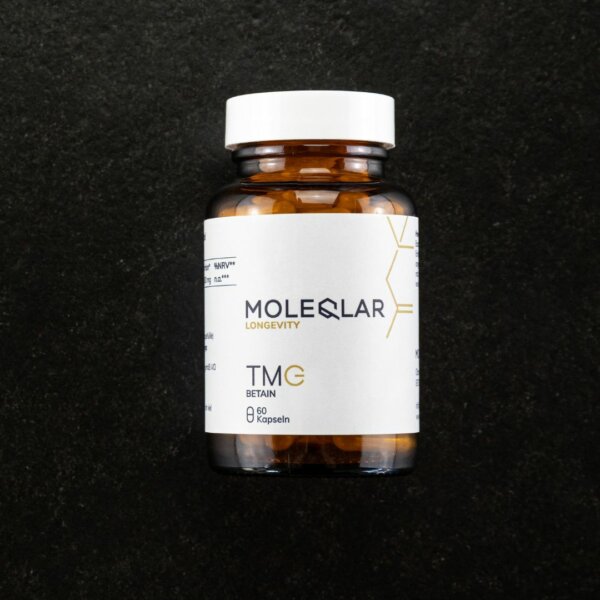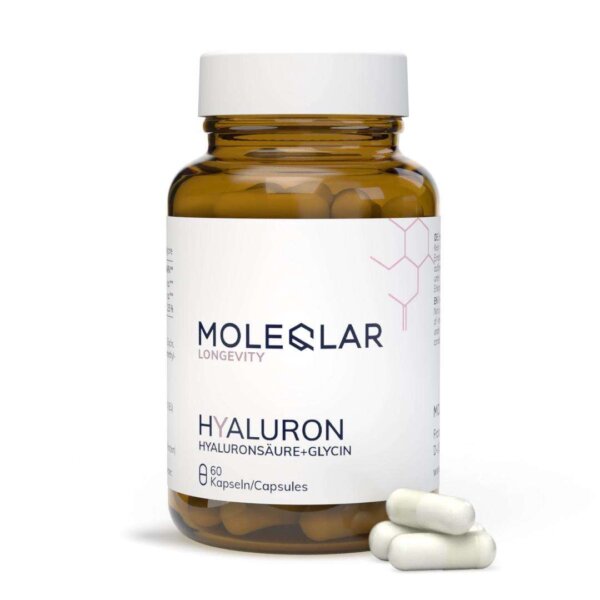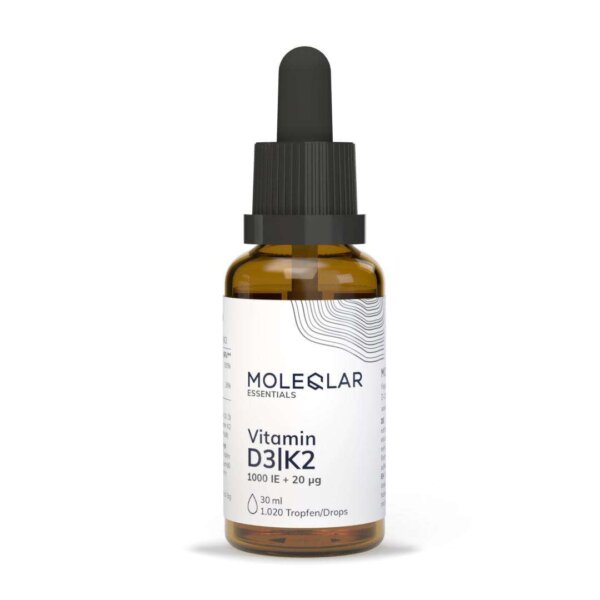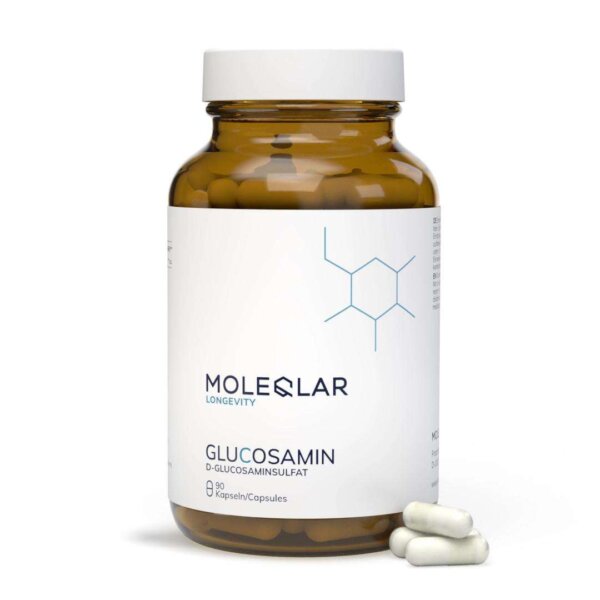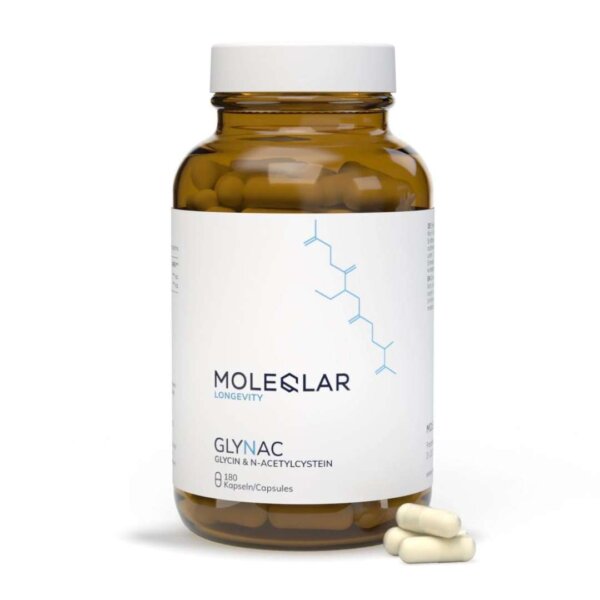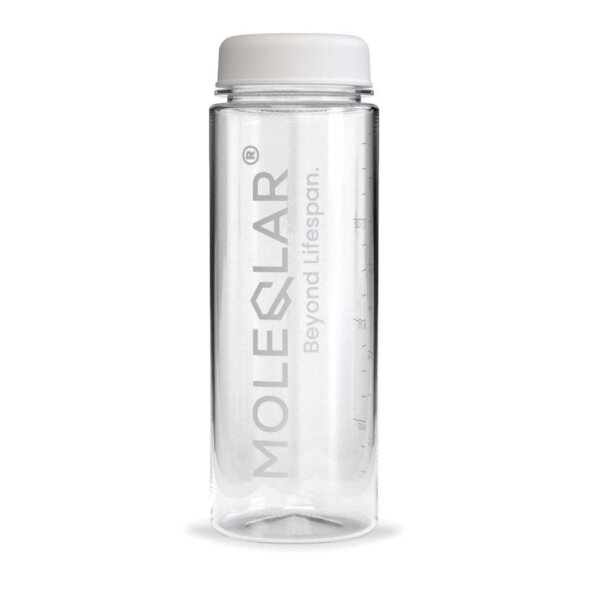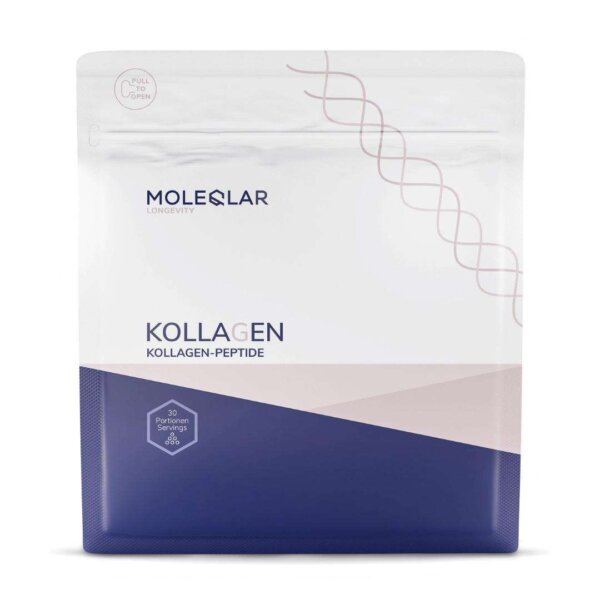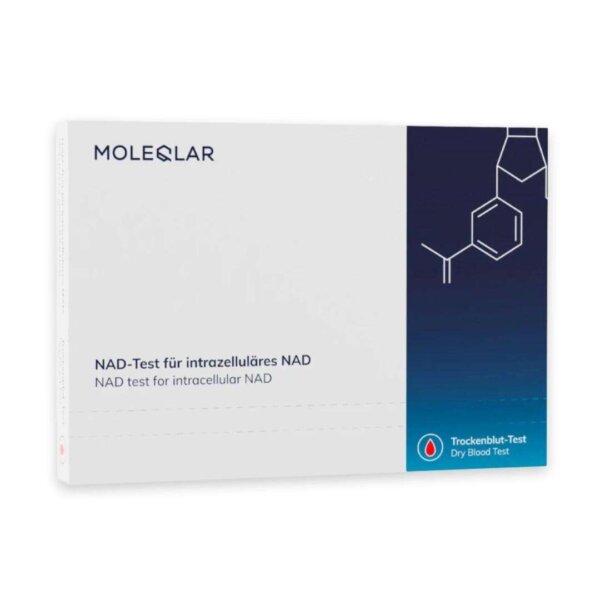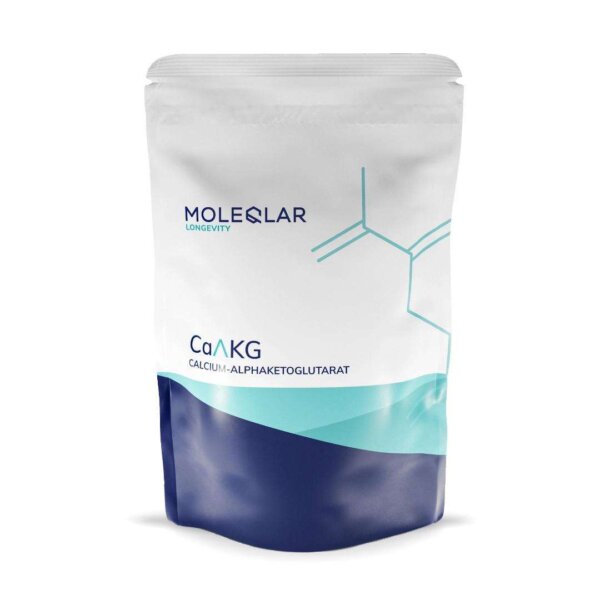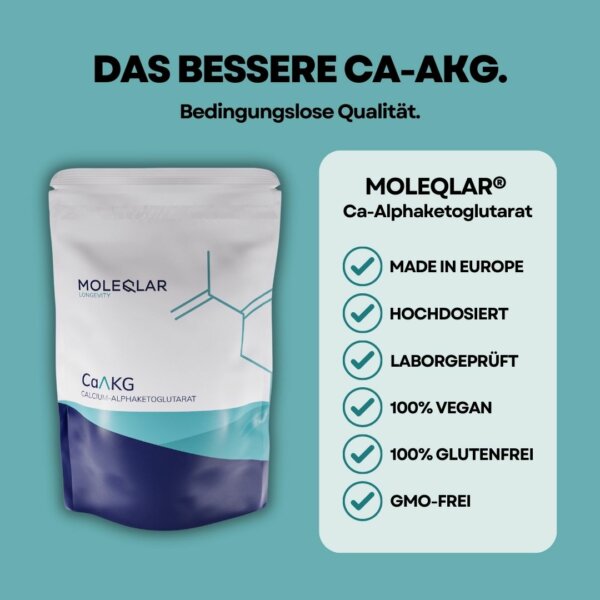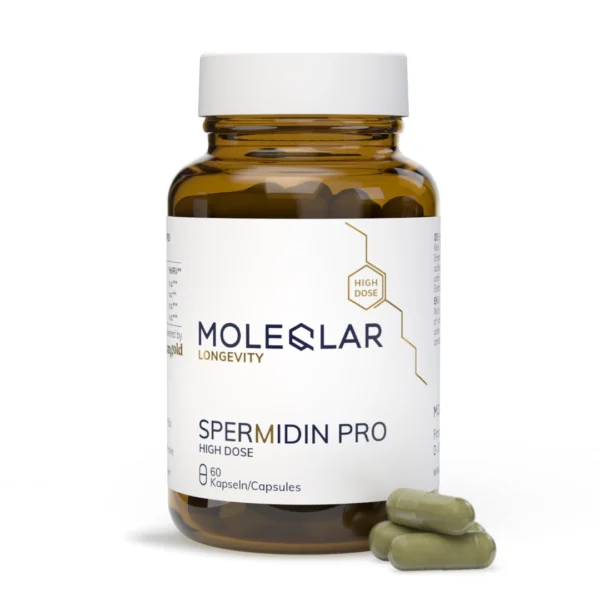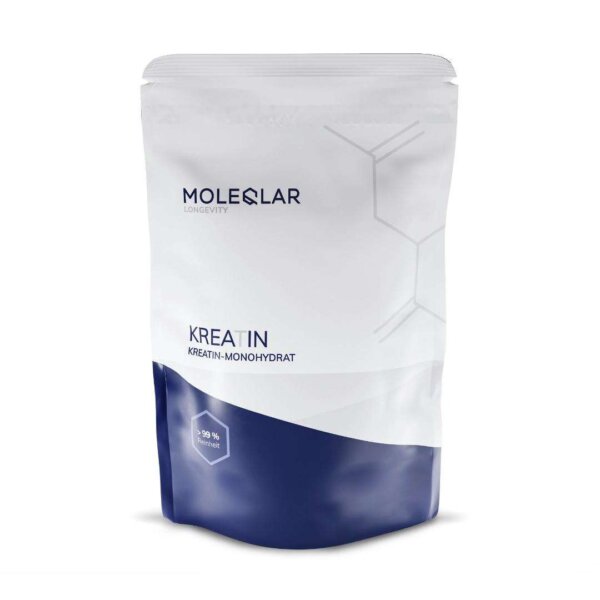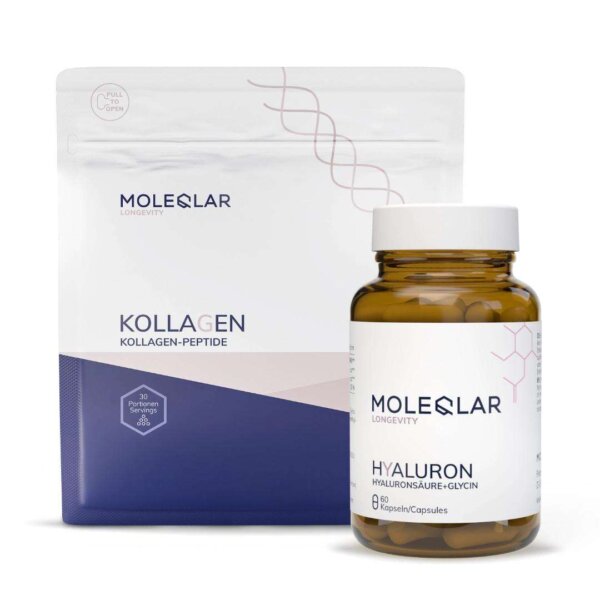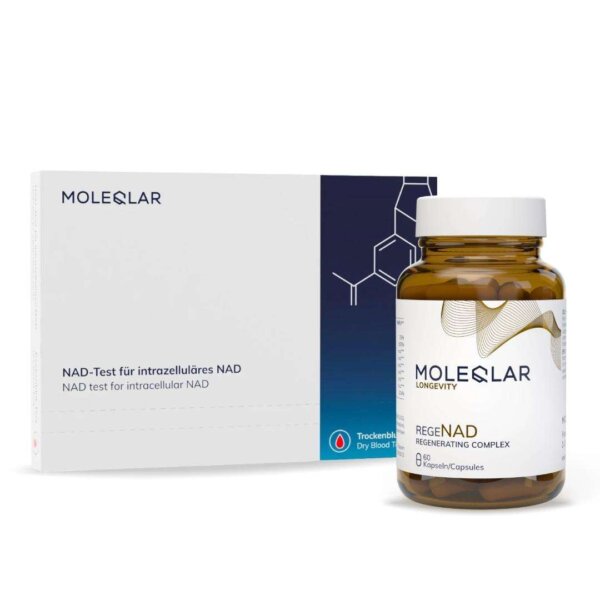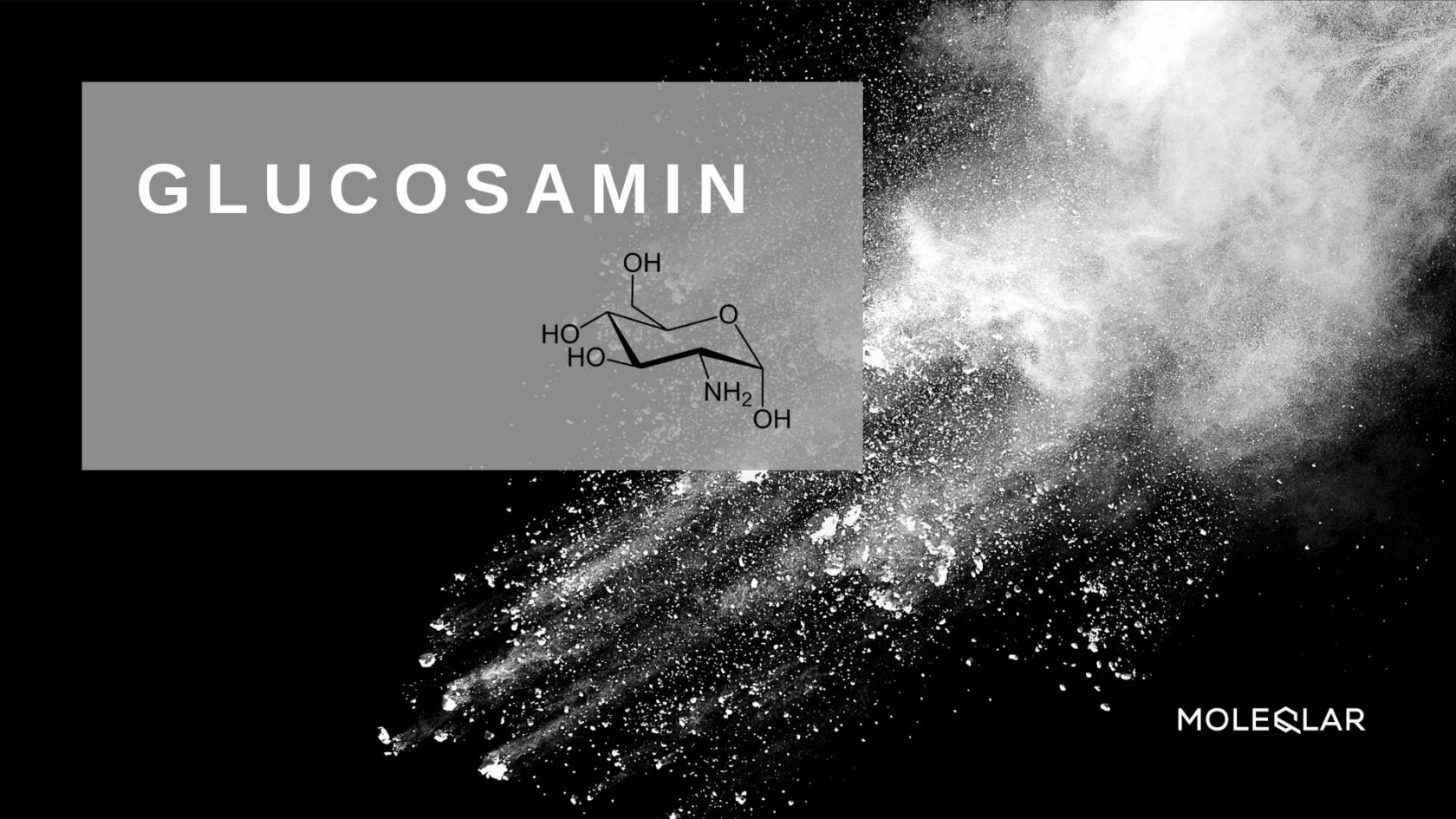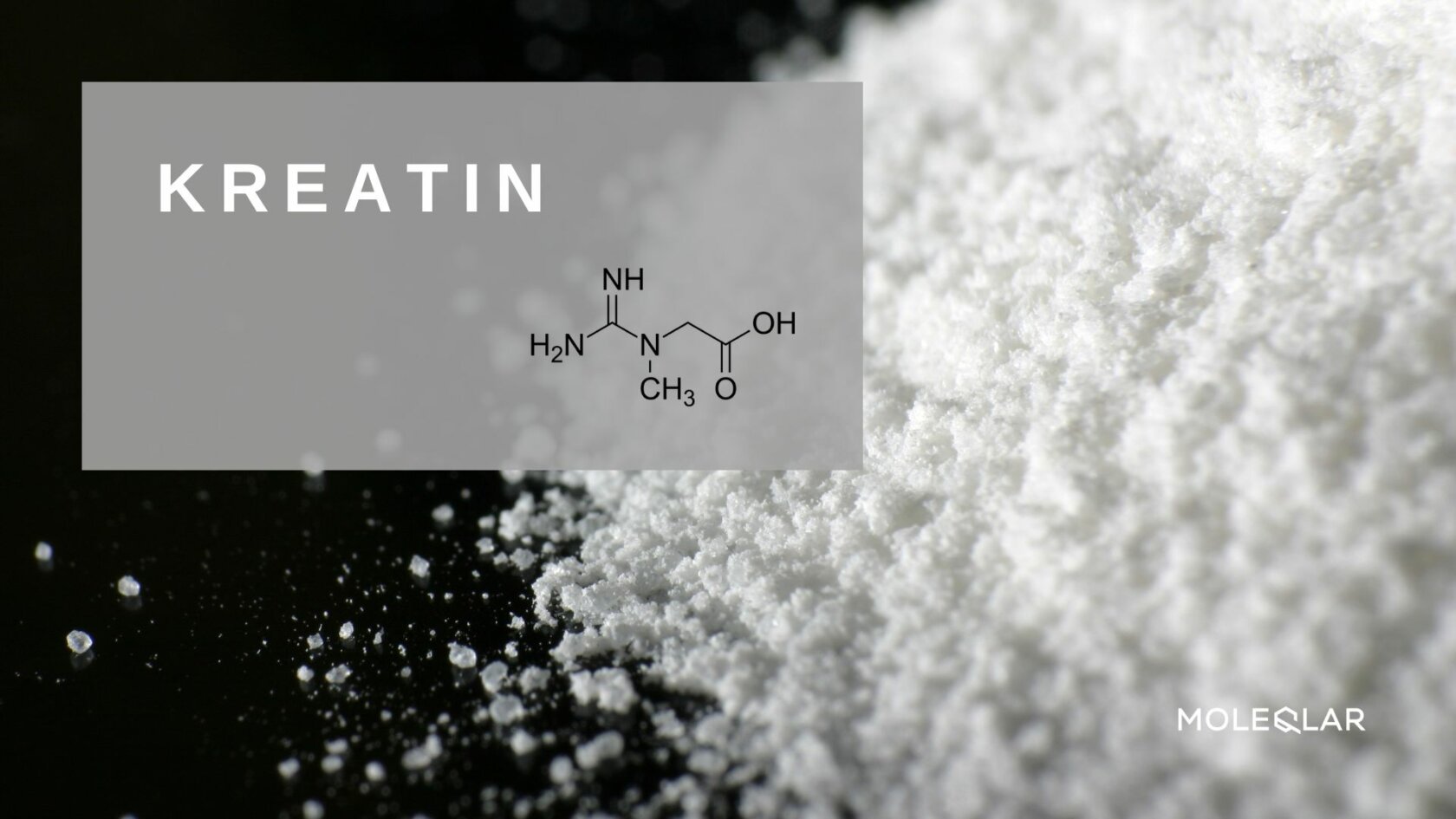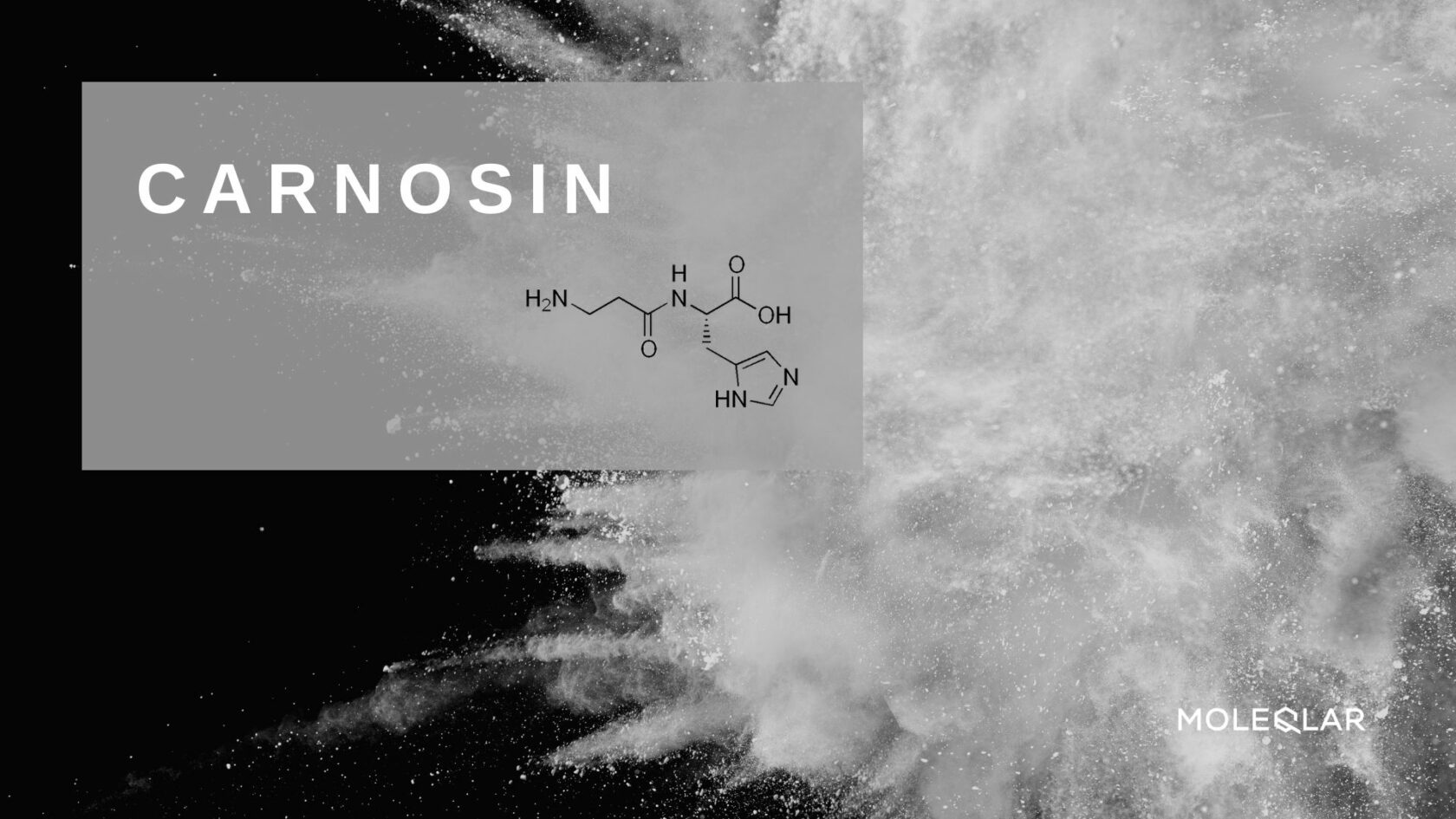Magnesium - you may know it as a white powder when climbing or as a brightly burning element in chemistry lessons. Magnesium also plays an important role in our body. It is involved in over 300 different reactions and acts as a so-called co-factor - comparable to a co-pilot who supports the captain.
Around 60% of your magnesium is found in your bones, the rest is distributed throughout your body, e.g. in muscle or nerve cells. In this article, we will show you what our body needs magnesium for, the signs by which you can recognize a magnesium deficiency and we will answer the question of whether we lose magnesium during sport and whether this is the reason for muscle cramps.
Magnesium in the body - an overview
Magnesium is a positively charged molecule that is an essential micronutrient. This means that we cannot produce it ourselves and are dependent on an external supply.
In total, there are more than 300 reactions in which its molecular fingers are involved. It plays the main role in bone and energy metabolism. Magnesium is also required for normal nerve and heart activity. This also explains why it plays a role in migraines. But more on this later.
Where is magnesium found in food?
We absorb a large proportion through our diet. Good sources are mainly plant-based foods such as pumpkin seeds, Brazil nuts and cashews. The true content varies depending on the source, as a decisive factor is the soil in which the plants grow. Depending on the study, the micronutrient content of plants varies. This is also a classic problem with phytochemicals, although it can also be solved by clever formulations. For a better overview, here are some foods and their magnesium levels according to the EFSA (European Food Safety Authority):
| Food | Magnesium content in mg per 100g |
| Cocoa powder | 545 |
| Pumpkin seeds | 429 |
| Sunflower seeds | 346 |
| Cashews | 258 |
| Almonds | 251 |
| Peanuts | 229 |
| Pecans | 168 |
| Chickpeas - dried | 150 |
| Pistachios | 147 |
| Oatmeal | 131 |
| Wholemeal pasta | 111 |
| Lentils - dried | 101 |
You can find out more about this in our article Magnesium in food.
How much magnesium do we need?
The short answer is about 350mg per day for men and about 300mg per day for women. At least this is the figure given by the DGE, the German Nutrition Society. However, this value changes for women during pregnancy. We have summarized what else changes and how the mineral works in our article on magnesium during pregnancy.
However, the quantities given are only an estimate, as magnesium metabolism is influenced by a number of variables. To help you understand this better, we'll give you a quick overview of the physiology:
For all number crunchers: Our body contains around 25g of magnesium - mainly stored in our bones and muscle cells. We lose around 100mg a day through the kidneys, so we definitely need to make up for this to prevent a deficiency.
But why is at least 300mg recommended? This is because we are not as effective at absorbing magnesium. Our intestines regulate how much of the substance ultimately ends up in our blood. Depending on the situation, 25-75% of the magnesium we take in with food is absorbed. The form in which the molecule is present is also particularly important.
Can magnesium be measured in the blood? In fact, yes. If you have a blood test at your GP, the serum value is usually determined. The problem with this is that the mineral is mainly found in your cells and bones. Less than 1% of magnesium is found in your blood. It is therefore relatively difficult to make an accurate statement about the magnesium metabolism via the blood value. By comparison, it is much easier to measure blood lipid levels.
What do we need magnesium for?
The tasks of magnesium are diverse and would go beyond the scope of this article, so we will show you the most important functions. The molecule is involved in several processes in energy metabolism. It acts as a complex partner of ATP, the universal "energy currency" of our cells, and influences energy production in the mitochondria.
In addition to energy metabolism, we want to show you a few other processes in the body where magnesium is involved.
Did you know? Lack of energy, muscle atrophy or memory problems - these unpleasant symptoms go hand in hand with age. The reason for this is often a reduction in the number and efficiency of our cellular power plants, the mitochondria. This also reduces the levels of the important co-enzyme NAD. However, we need this to generate energy. One of the approaches in ageing research is to raise NAD levels again. NAD levels can also be measured to determine the current situation.
Bone metabolism - more than just calcium
Bone metabolism is a very complex issue involving many players. To simplify it somewhat: Bone tissue is subject to constant change. Day by day, old bone substance is broken down by specialized cells, the osteoclasts, and rebuilt by another special unit, the osteoblasts.
On the one hand, this ensures that our body can adapt to new stresses - which is why weight training also helps with bone density - and on the other hand, it regulates the mineral balance. Bones not only contain a lot of magnesium, but also a lot of calcium. Among other things, vitamin D can have an effect on the calcium balance.
And what role does magnesium play? It has a supporting effect on the proliferation of osteoblasts - the bone-forming cells. In this way, we can shift the balance between bone formation and breakdown in the right direction, otherwise we are at risk of bone loss, which is a very common disease known as osteoporosis.
Cramps, migraines, cardiac arrhythmia - how you can recognize a magnesium deficiency
The symptoms of magnesium deficiency are often very unspecific and vague. They can range from mild nausea and muscle cramps to loss of appetite or general weakness.
Once again, the explanation lies in the variety of metabolic processes in which the mineral is involved. For example, it is involved in stabilizing the membrane potential. Our cells rely on charged particles (ions), such as sodium, potassium or calcium, in order to transmit signals.
These molecules are found in different concentrations inside and outside the cell. Channels can be used to control how many ions enter or leave the cell. If this delicate balance is not maintained, errors can occur. For example, it has been shown that a magnesium deficiency increases the likelihood of cardiac arrhythmias such as extrasystoles (i.e. additional heartbeats).
Did you know? Our heart cells need magnesium to transmit signals as effectively as possible. People with heart problems often have a low Mg level, as many "heart medications" - for example "dehydration tablets" - lead to an increased loss.
For this reason, the MACH study looked at whether magnesium supplements, in addition to normal medication, offer a survival benefit in people with severe heart disease. After one year, there were indeed clearly more people in the magnesium group who had survived or whose heart function had even improved.
Sport and magnesium - do we sweat out magnesium?
Magnesium is often used therapeutically for muscle cramps. But can this benefit be scientifically proven? Yes and no. It has long been assumed that we lose the mineral, similar to sodium and potassium, through sweating during sport. But this is not the case. Rather, magnesium is redistributed from the various areas. So what is the point of substitution if we don't lose any of it through sweat?
Muscular exertion, but also misdirected nerve signals, can be responsible for cramps. Apparently, the latter is responsible for nocturnal cramps in old age and low Mg levels have been identified as a possible cause.
Migraine - can Mg help?
Throbbing, often one-sided headaches are a common symptom of migraines. One of the most likely causes of migraine headaches are sensitive nerve cells, which are easier to stimulate than normal nerve cells. This can lead to overexcitation in the brain, which triggers the typical symptoms.
Magnesium has been studied for various purposes in migraine. For example, a high-dose magnesium infusion can alleviate the symptoms of a migraine attack.
It is not particularly practical to infuse high doses of Mg for every migraine attack, which is why the use of Mg supplements has been investigated. Studies suggest that it can indeed be effective as a prophylaxis against migraines. The reason for this lies in its mode of action. In the brain, it can act on the NMDA receptors of cells and thus dampen stimulating signals. At the same time, it enhances the effect of another attenuating neurotransmitter, GABA.
This dual effect not only appears to be helpful in migraine prevention, but also explains why Mg can promote sleep.
Magnesium supplementation - it all depends on the form
Magnesium comes in many different forms and the variety can be quite overwhelming at first. Why are there so many different compounds? This is because the molecule is always present in bound form, i.e. together with another molecule. This increases the absorption and bioavailability is affected.
So that you don't lose track and can make a better decision about which form of magnesium is right for you, we present the most important forms and their special properties. If you click on the relevant forms, you will be taken to the more detailed articles. There we delve deeper into the biochemistry of the individual magnesium molecules and explain the purposes for which they are used.
Magnesium oxide
Magnesium oxide (MgO) is the most common form of magnesium, which you will also find in many food supplements. It is well tolerated, but has the disadvantage of poor bioavailability. Just 4% is absorbed by the body. Only about 20mg of a 500mg dose is absorbed. For this reason, it is not particularly suitable if you want to compensate for a magnesium deficiency in isolation. However, it can help with constipation as it binds water and can therefore get the bowels moving.
Magnesium chloride
Magnesium chloride (MgCl) is one of the inorganic magnesium compounds along with magnesium oxide. In contrast to MgO, the bioavailability of MgCl is significantly higher at 80%. MgCl is absorbed early in the small intestine and can lead to intestinal problems in some people when taken on its own. This is why MgCl is usually used in magnesium complexes.
Did you know? The combination of magnesium and vitamin B6 has been tested as beneficial in several studies. The result was that vitamin B6 can enhance the effects of magnesium. This study showed that the combination of vitamin B6 and Mg was more effective in alleviating stress symptoms than magnesium alone. There is also data on the so-called "restless leg syndrome" that the combined use brings better results.
Magnesium bisglycinate
Magnesium bisglycinate also has a high bioavailability of approx. 80%. This is due to the fact that magnesium bisglycinate does not have to be absorbed via the mineral transporters in the intestine, but is absorbed separately due to its combination with the amino acid glycine.
The exciting thing about this molecule is its ability to cross the blood-brain barrier. In some studies, magnesium has been shown to promote cognitive performance and improve sleep. However, these effects can only be achieved with a magnesium supplement that can cross the blood-brain barrier, and only two of these have been well studied. Magnesium L-threonate and magnesium bisglycinate.
Magnesium taurate
If you combine Mg with the amino acid taurine, you get magnesium taurate. Taurine has a number of health benefits to offer and has a positive effect on the hallmarks of ageing.
Taurine can also increase the bioavailability of magnesium. This effective combination can be found in the innovative MoleQlar ONE, where we have combined the most important molecules for cell health in one product with the help of careful scientific research.
Magnesium malate
The combination of Mg with malic acid results in magnesium malate. This also increases the bioavailability of magnesium. Malate also plays an important role in our citrate cycle, a metabolic process from the mitochondria that supplies us with energy.
Magnesium malate has been used for fibromyalgia and has been shown to alleviate some symptoms, such as fatigue and muscle pain. Together with citrulline, the molecule is used in the form of citrulline malate in our Longevity Complex.

Magnesium citrate
If you combine Mg with citric acid, you get magnesium citrate. The bioavailability is one of the highest at over 80%. In addition, the combination promotes digestion and can therefore be used to treat mild constipation problems.
Magnesium orotate
To get even more confusing names, if you combine Mg with orotic acid, you get magnesium orotate. And what is this compound good for? Do you remember the MACH study in which patients with severely impaired heart function were treated with Mg? The compound used was magnesium orotate and there are other studies that suggest that this compound is the most effective in supporting the heart. In addition, magnesium orotate appears to have an effect on our microbiome, leading to an improved symbiosis of gut bacteria.
Conclusion
Magnesium is a very versatile mineral that is involved in a wide variety of metabolic processes. From migraines to heart muscle cells to bones, Mg is involved everywhere. The possibilities for substitution are almost as varied. The best way is to combine the benefits of the various forms in a magnesium complex. This eliminates one-sided effects and generally ensures better bioavailability with a lower overall dose.
We hope that this article has given you a detailed overview of the topic of magnesium. As all aspects are beyond the scope of this article, we have covered the more detailed information on the subclasses of magnesium forms or the magnesium effect in separate articles. If you want to find out more about the side effects or magnesium overdose, for example, you can read the relevant articles.
Literature:
- Noah, Lionel et al. "Effect of magnesium and vitamin B6 supplementation on mental health and quality of life in stressed healthy adults: Post-hoc analysis of a randomized controlled trial." Stress and health : journal of the International Society for the Investigation of Stress vol. 37,5 (2021): 1000-1009. link
- Jadidi, Ali et al. "Therapeutic effects of magnesium and vitamin B6 in alleviating the symptoms of restless legs syndrome: a randomized controlled clinical trial." BMC complementary medicine and therapies vol. 23,1 1. 31 Dec. 2022, Link
- Russell, I J et al. "Treatment of fibromyalgia syndrome with Super Malic: a randomized, double blind, placebo controlled, crossover pilot study." The Journal of rheumatology vol. 22.5 (1995): 953-8. link
- Garrison, Scott R et al. "Magnesium for skeletal muscle cramps." The Cochrane database of systematic reviews vol. 9.9 CD009402. 21 Sep. 2020, Link
- Fiorentini, Diana et al. "Magnesium: Biochemistry, Nutrition, Detection, and Social Impact of Diseases Linked to Its Deficiency." Nutrients vol. 13,4 1136. 30 Mar. 2021Link
- Stepura, O B, and A I Martynov. "Magnesium orotate in severe congestive heart failure (MACH)." International journal of cardiology vol. 134,1 (2009): 145-7. link
- Schiopu, Cristina et al. "Magnesium Orotate and the Microbiome-Gut-Brain Axis Modulation: New Approaches in Psychological Comorbidities of Gastrointestinal Functional Disorders." 14.8 1567. 9 Apr. 2022, Link
- Ates, Mehmet et al. "Dose-Dependent Absorption Profile of Different Magnesium Compounds." Biological trace element research vol. 192,2 (2019): 244-251. link
- Nielsen, F H, and H C Lukaski. "Update on the relationship between magnesium and exercise." Magnesium research vol. 19,3 (2006): 180-9. link
- Arab, Arman et al. "The Role of Magnesium in Sleep Health: a Systematic Review of Available Literature." Biological trace element research vol. 201,1 (2023): 121-128. doi:10.1007/s12011-022-03162-1 Link
- Rondanelli, Mariangela et al. "An update on magnesium and bone health." Biometals : an international journal on the role of metal ions in biology, biochemistry, and medicine vol. 34,4 (2021): 715-736. link
- Zhang, Xi et al. "Effects of Magnesium Supplementation on Blood Pressure: A Meta-Analysis of Randomized Double-Blind Placebo-Controlled Trials." Hypertension (Dallas, Tex. : 1979) vol. 68.2 (2016): 324-33. link
Images:
The images were acquired under licence from Shutterstock or Canva and marked accordingly.



